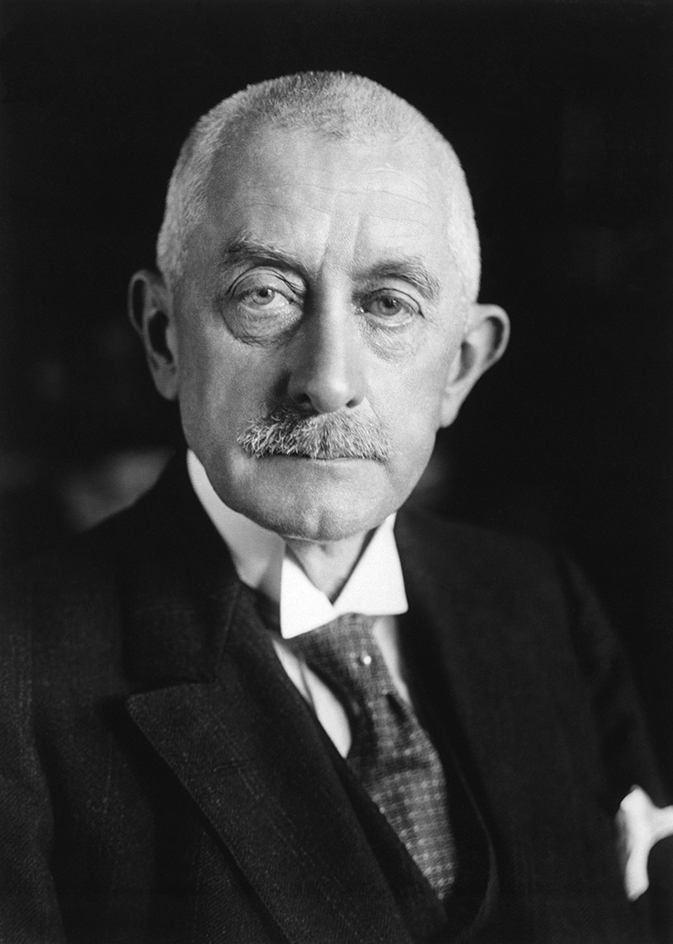Wegener, << VAY guh nuhr, >> Alfred Lothar (1880-1930), a German meteorologist, was the first person to set forth continental drift as a scientific theory. According to this theory, the continents slowly moved to their present positions over millions of years. The continental drift theory existed before Wegener, but he was the first person to support it with scientific evidence.

Wegener first announced his theory in 1912. He stated that the continents once formed one large supercontinent, which he called Pangaea. About 200 million years ago, Pangaea began to break apart into separate continents. These continents then gradually moved into their present-day positions. To support his theory, Wegener pointed out that the shapes of the continents fit together somewhat like a jigsaw puzzle. He also claimed that continental movement had created the many mountain ranges near the edges of continents. In addition, Wegener noted that scientists had found similar prehistoric animal and plant fossils in South America and Africa.
Most scientists rejected Wegener’s theory during his lifetime. They believed that the continents were stable and did not move. By the 1960’s, however, evidence supporting continental drift had convinced most of the scientific community that the theory was valid.
Alfred Wegener was born in Berlin. He received a doctoral degree from the University of Berlin in 1905. As a meteorologist, Wegener made several expeditions to Greenland to study conditions in the atmosphere. While on one of these trips, he died in severe weather conditions.
See also Plate tectonics (History of tectonic theory) .
